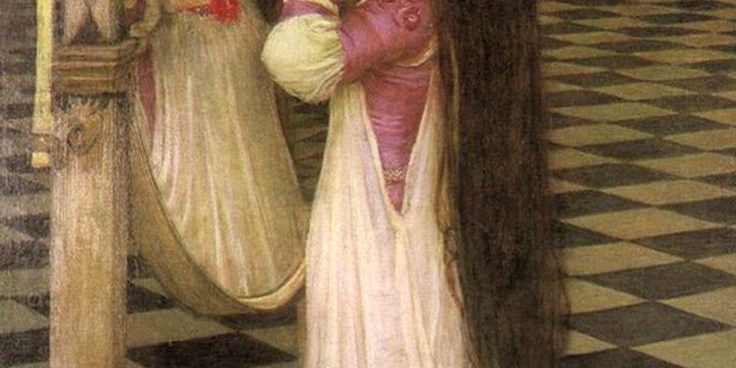Standard fare on fashion pages: we can limit suffering (https://www.businessoffashion.com/articles/video/the-gender-revolution-is-here-we-can-limit-suffering?utm_source=Subscribers&utm_campaign=4d7df3cb67-marc-jacobs-to-close-stores-beauty-s-ar-revolution&utm_medium=email&utm_term=0_d2191372b3-4d7df3cb67-417297929).
Lacan is less sure. My last few posts have examined what the famed psychoanalyst has to say about clothes and my post on high heels (http://www.ethicsoffashion.com/high-heels-done-jouissance-says-no/) shows that fashion is about intensifying pleasure and suffering at the same time. This is true about beauty, generally.
Hume expresses a profound intuition: we venerate the beautiful. Lacan does not disagree, only matters are not so simple. All of us are born into an inherited order of belief and practice, a civilization: what Lacan calls the symbolic or speech (Seminar 2, Chapter 4, part 1). From our very beginning we are immersed in meanings and we arrive in the world inserted, slotted into this manifold of symbols and language. Fashion is one of the great arbiters of this symbolic cosmos. Inserted into this cosmos you and I are a negative space, a cut, or a gap. You and I as a gap in speech is what Lacan calls the subject, our root identity (Seminar 7, Chapter 21, part 3).
As a cut in the symbolic we are exposed and fragile: we are a gap in an otherwise massive text. For this reason, we struggle for recognition, to be taken seriously. To make matters worse: What do you do when you hold a baby in front of a mirror? You point at the image in the mirror and say, “Look! It’s you!” You bewilder the child: you tell the child proximate to you in your arms that he is actually away from you in the mirror, that he is “out there.”
How can the child now secure recognition for who he is said to be, the insubstantial being “out there” that mother and others look at and take delight in? By building up that image into what can be venerated; making the image beautiful by borrowing status or standing from the symbolic (http://money.cnn.com/2018/01/03/technology/amazon-smart-mirror-patent/index.html). Yet, what am I, most basically? A gap in the symbolic. When I borrow standing from the symbolic, what am I doing, in fact? Filling in the gap, eliminating myself. Fashion kills (Is this what Pope Francis is getting at? [V&R Chapter 2]).
As I build up my image, me, the subject, what do I feel? Rage and hatred towards the image that actually cancels me out. What can I do? I can make the image share in my suffering: in its high heels, its glamour also a risk of being a fashion victim or having a wardrobe malfunction and humiliated, and parading exposed to the knavery of branding and made a fool by paying absurd mark ups. That’s the vengeance of the subject: building up the image to assure its veneration and outraging it at the same time.
In this way, I gain recognition and subvert myself. I simultaneously attach myself to the symbolic and fail before it. Failure assures the gap stays open and that my root identity remains secure. Fashion makes me beautiful and surreptitiously suffer. In Lacan’s lexicon, it delivers jouissance: damaging pleasure.
For those who want a bit of a pick-me-up after reading that, I suggest my post where I try to show why Max Scheler finds fault with all this (http://www.ethicsoffashion.com/life-alienation-pantomime-lacan-scheler-right/).






